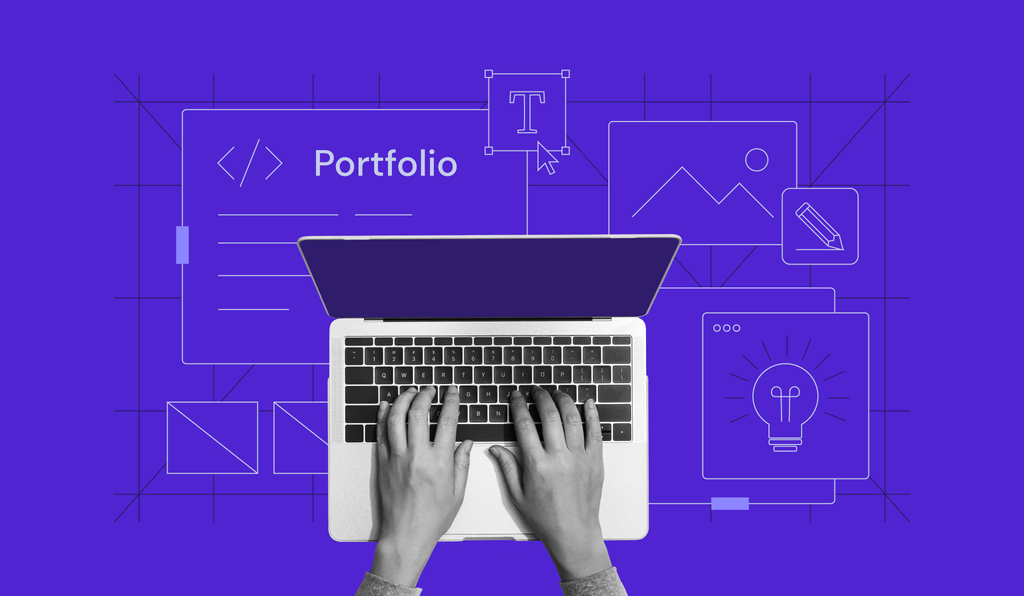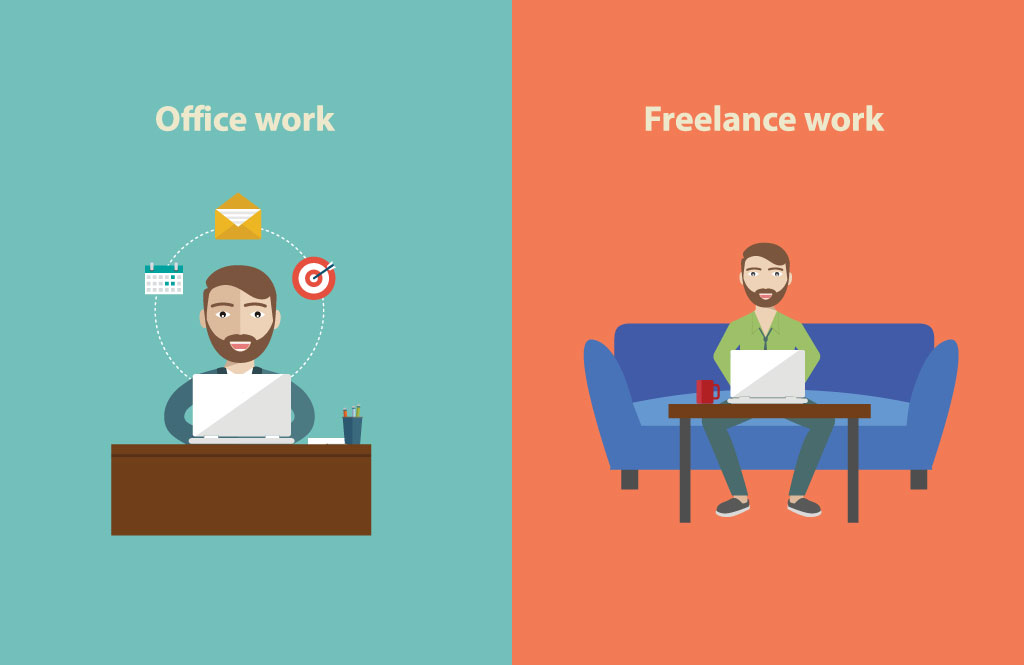
Where to Find Web Designer Jobs: Freelance vs Full-Time Work
Are you a creative individual with a passion for designing stunning and user-friendly websites? If so, then web design might just be the perfect career path for you. In today's digital age, where businesses rely heavily on their online presence, skilled web designers are in high demand. But when it comes to finding web designer jobs, should you go down the freelance route or opt for full-time employment? In this blog post, we'll explore the pros and cons of both options and provide valuable insights on how to find exciting opportunities in the world of web design. So buckle up and get ready to uncover your next big gig!
What is Web Design?
Web design jobs is the art of creating visually appealing and functional websites. It goes beyond just making things look pretty – it involves a combination of technical skills, creativity, and understanding user experience. A web designer's main goal is to create an engaging online platform that not only captures users' attention but also guides them seamlessly through the website.
One key aspect of web development is ensuring that the site is responsive and compatible with different devices, such as desktops, tablets, and smartphones. This means designing layouts that adapt to different screen sizes without compromising usability or aesthetics.
Another important consideration in web design is accessibility. Designers need to ensure that their websites are accessible to all users, including those with disabilities. This includes implementing proper color contrast for readability and providing alternative text for images so that they can be understood by screen readers.
In addition to visual elements, web designers also focus on user interface (UI) design. They create intuitive navigation systems and interactive features that enhance user engagement and make it easy for visitors to find what they're looking for.
Web development combines artistic flair with technical expertise to deliver exceptional digital experiences. It's a dynamic field where trends evolve rapidly, so staying up-to-date with the latest tools and techniques is essential for success in this ever-evolving industry.
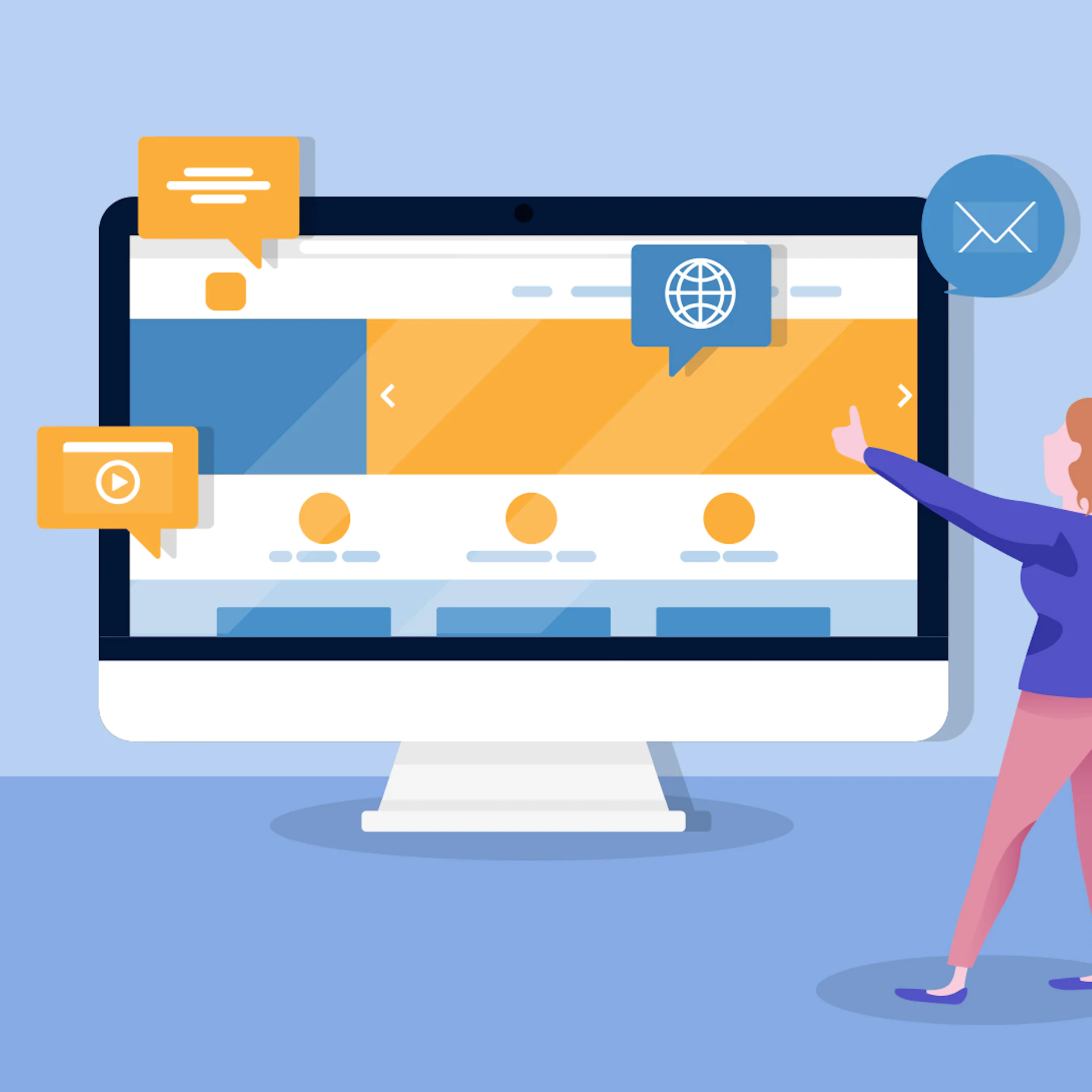
The Different Types of Web Design Jobs
When it comes to web design jobs, there are a variety of roles and specializations available. Each type of web design job requires different skills and expertise. Here are some of the different types of web design jobs you can find:
1. Front-End Developer: This role focuses on creating the visual elements and user interface for websites using HTML, CSS, and JavaScript.
2. UX/UI Designer: These designers focus on creating intuitive user experiences by designing user interfaces that are visually appealing and easy to navigate.
3. Graphic Designer: Graphic designers in web design create visuals such as logos, icons, banners, and other graphical elements that enhance the overall look and feel of a website.
4. Full-Stack Developer: Full-stack developers have knowledge in both front-end development (HTML/CSS/JavaScript) as well as back-end development (server-side programming languages such as PHP or Python), allowing them to handle all aspects of website creation.
5. E-commerce Specialist: A specialized role focused on designing online stores with features like shopping carts, payment gateways, inventory management systems, etc.
6. Mobile App Designer: With the rise in mobile usage, mobile app designers specialize in creating interactive designs specifically for mobile applications.
7. SEO Specialist: Web designers who also have knowledge in search engine optimization can help optimize websites to increase visibility on search engines like Google.
8. Responsive Design Expert: These specialists ensure that websites are compatible across various devices by implementing responsive design techniques.
While these represent just some examples of web design job types available today, it's important to note that each role may require specific technical skills or tools depending on the employer's requirements or project needs.
How Do I Start Freelancing as a Web Designer?
Starting a freelancing career as a web designer can be a rewarding journey. Here are the steps to help you get started:
- Develop Your Skills and Portfolio: Before you start freelancing, make sure you have a strong foundation in web design. Learn HTML, CSS, and other relevant languages and technologies. Build a portfolio showcasing your best work. This could include personal projects, mock-ups, or redesigns of existing websites.
- Define Your Niche: Web design is a broad field. Consider specializing in a specific niche or industry that you are passionate about. This can help you stand out and attract clients who are looking for expertise in that area.
- Create a Professional Online Presence: Set up a professional website that showcases your portfolio, services, and contact information. Your website should reflect your design skills and give potential clients a glimpse of what you can offer.
- Build Your Brand: Develop a unique brand identity, including a logo, color scheme, and consistent visual style. Your brand should represent your personality and the type of clients you want to attract.
- Set Your Rates: Research the market rates for web design services in your region and adjust your rates based on your experience and skill level. Be transparent about your pricing on your website.
- Create Contracts and Agreements: Draft clear and concise contracts that outline the scope of work, timeline, payment terms, and other important details. Contracts help protect both you and your clients.
- Market Yourself: Utilize various marketing strategies to attract clients. This could include leveraging social media, networking at local events, attending design meetups, and utilizing platforms like Behance, Dribbble, and LinkedIn.
- Utilize Freelance Platforms: Websites like Upwork, Freelancer, and Fiverr can connect you with potential clients. Create a compelling profile that highlights your skills, experience, and portfolio.
- Pitch to Potential Clients: Research and identify potential clients or businesses that might benefit from your services. Tailor your pitches to their needs and demonstrate how your expertise can help them achieve their goals.
- Provide Exceptional Service: Deliver high-quality work and exceptional customer service to your clients. Satisfied clients are more likely to provide referrals and leave positive reviews, which can help you build your reputation.
- Continuous Learning: The field of web design is constantly evolving. Stay updated with the latest design trends, technologies, and tools. Continuous learning will help you remain competitive and offer cutting-edge solutions to your clients.
- Manage Your Finances: Keep track of your income and expenses. Set aside money for taxes and consider using accounting software to help manage your finances.
- Feedback and Improvement: Request feedback from clients after completing projects. Constructive feedback can help you improve your skills and the overall quality of your work.
Remember that building a successful freelancing company website and career takes time and effort. Stay patient, persistent, and committed to delivering excellent results, and you'll be on your way to a thriving web design freelancing business.
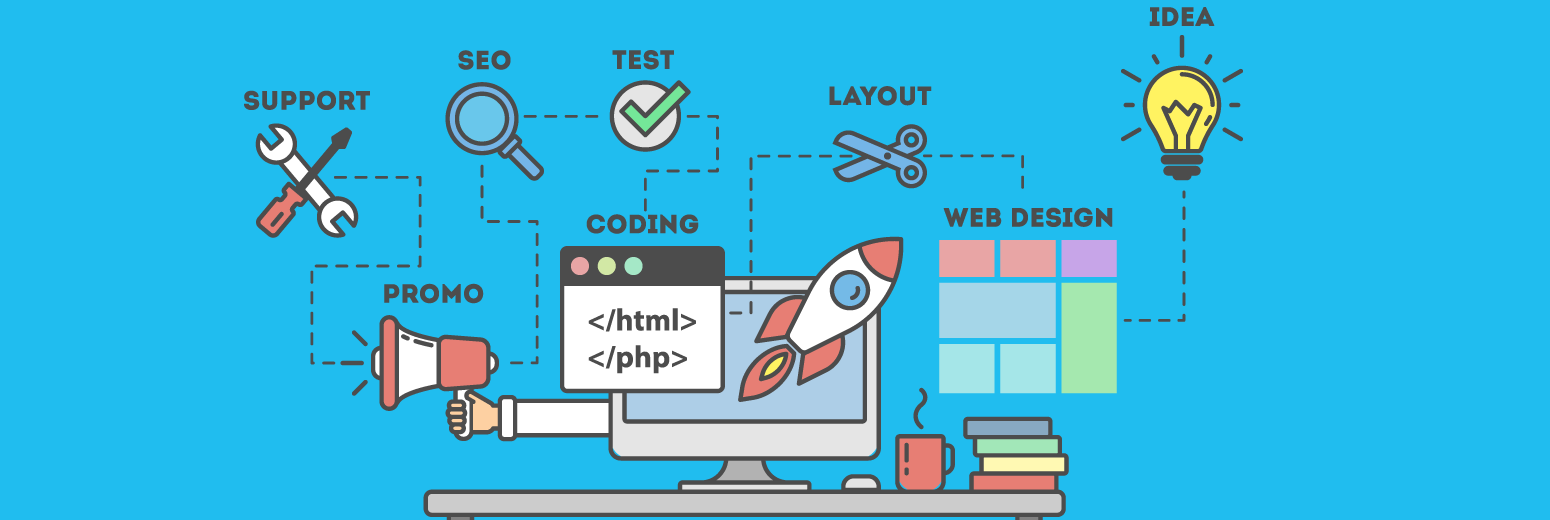
Pros and Cons of Freelance vs Full-time Web Design Work
Freelance web design offers flexibility that is unparalleled in the traditional 9-to-5 world. As a freelancer, you have the freedom to choose your own projects and set your own schedule. You can work from anywhere, whether it's the comfort of your own home or a trendy coffee shop downtown. Another advantage of freelancing is the ability to earn more money. With every successful project, you have the potential to increase your rates and negotiate higher pay with clients. Plus, as a freelancer, you get to keep all of your earnings since there are no deductions for taxes or benefits. However, freelancing also comes with its fair share of challenges. It requires self-discipline and excellent time management skills to juggle multiple projects simultaneously. Without a steady stream of clients or contracts lined up, income can be unpredictable at times. On the other hand, full-time web design work provides stability and security that some freelancers may yearn for. A regular paycheck, employee benefits such as healthcare coverage and paid time off are common perks in this type of employment. But working full-time means sacrificing some level of control over your schedule and creative freedom. You may find yourself stuck on projects that don't align with your interests or having limited opportunities for professional growth compared to freelancers who constantly seek out new challenges. Deciding between freelance or full-time web design work depends on personal preferences and career goals. Some thrive in the hustle-and-bustle world of freelancing while others prefer the stability offered by traditional employment arrangements.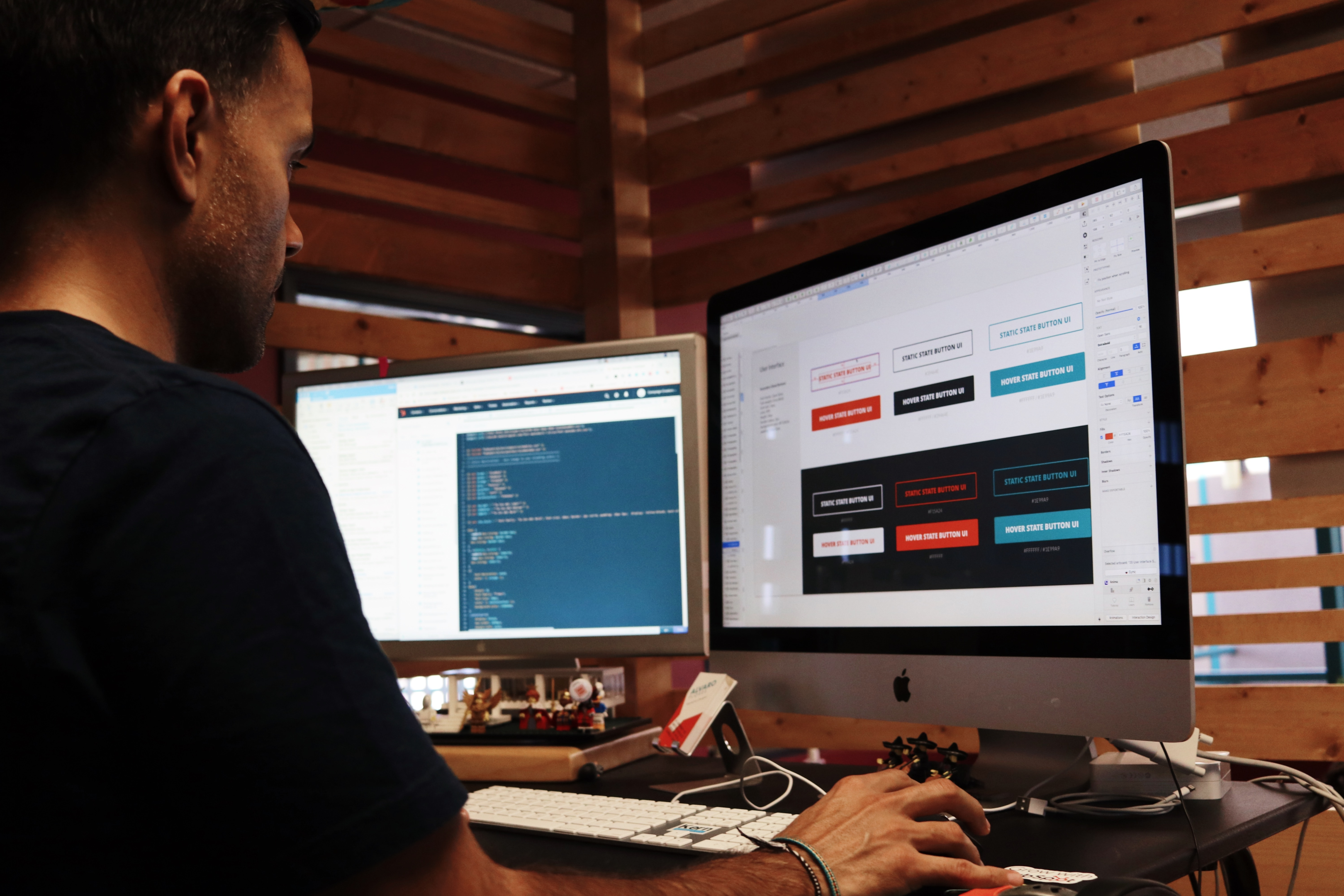
How to Get a Web Design Job with no Experience?
Getting a web design job with no other design experience can be challenging, but it's definitely possible with the right approach. Here's a strategy you can follow:- Build a Strong Portfolio: Even if you don't have professional experience, you can create personal projects, mock-ups, or redesigns to showcase your skills. Your portfolio should demonstrate your creativity, design sense, and understanding of web design principles.
- Educational Projects: If you're just starting out, consider creating websites for fictional businesses or organizations. This can serve as a way to apply what you've learned and demonstrate your abilities to potential employers.
- Volunteer or Pro Bono Work: Offer your web design services to non-profit organizations, local businesses, or friends/family. This will give you practical experience, real projects to add to your portfolio, and potentially even testimonials.
- Online Learning and Certifications: Complete online courses and tutorials to enhance your knowledge. Platforms like Coursera, Udemy, and Codecademy offer courses on web design and development. Some courses even provide certificates that you can add to your resume.
- Networking: Attend local meetups, workshops, and networking events related to web design. Networking can help you connect with professionals in the industry who might offer guidance, advice, or even job opportunities.
- Freelancing Platforms: Sign up on freelancing platforms like Upwork, Freelancer, and Fiverr. While these platforms may require a portfolio, they can be a way to start building experience and earning some income.
- Apply for Entry-Level Positions: Look for entry-level or junior web designer positions. These roles are more likely to consider candidates with limited experience. Tailor your resume and cover letter to highlight your skills, willingness to learn, and enthusiasm for the field.
- Personal Branding: Create a professional online presence. This includes a well-designed personal website, an updated LinkedIn profile, and possibly even a blog where you share your insights about web design.
- Show Your Passion and Willingness to Learn: In your job applications, emphasize your passion for web design and your dedication to learning and improving. Express a genuine interest in the industry and a willingness to grow.
- Highlight Transferable Skills: If you have skills from other areas that can be applied to web design, make sure to highlight them. For example, if you have strong attention to detail, communication skills, or problem-solving abilities, these can all be assets in a web design role.
- Personal Projects: Continue working on personal projects that showcase your evolving skills and creativity. These projects can demonstrate your commitment to the field and your drive to improve.
- Follow Design Trends: Stay updated with the latest design trends and technologies. Employers appreciate candidates who are knowledgeable about current industry standards.
Building a career without experience takes time, so keep refining your skills, expanding your portfolio, and applying to opportunities. Be open to feedback, willing to learn, and adaptable to changes in the industry. Over time, you'll increase your chances of landing your first web design job and gaining valuable experience.
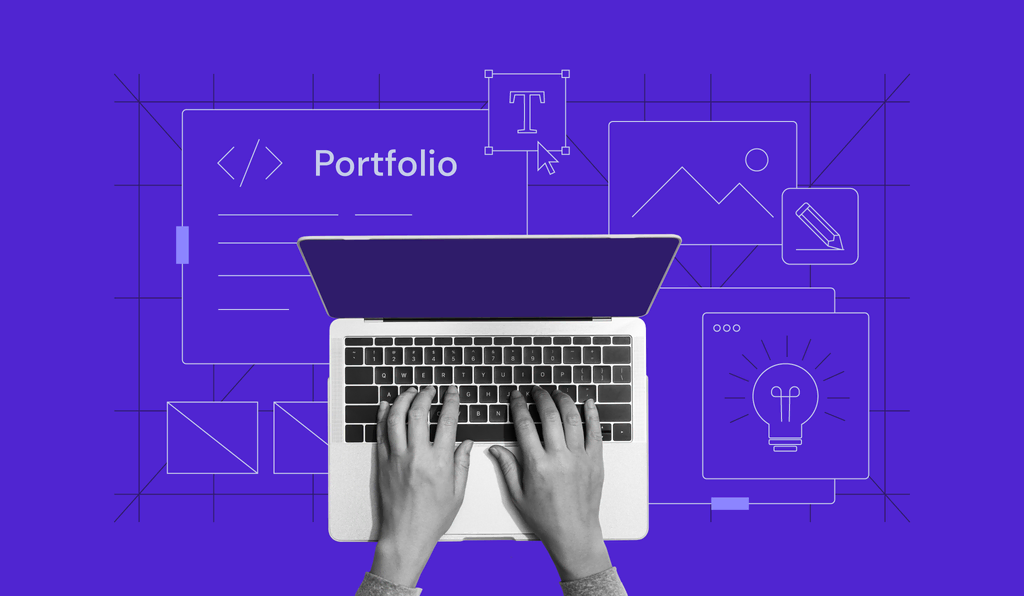
How to Find Web Designer Jobs
When it comes to finding web designer jobs, there are several avenues you can explore. Here are some effective strategies to help you land your dream job in the field of web design.
Start by creating a strong online presence. Build an impressive portfolio website showcasing your best work and make sure it is optimized for search engines. This will increase your visibility and attract potential clients or employers.
Next, leverage social media platforms like LinkedIn, Twitter, and Facebook to network with industry professionals and join relevant groups or communities. Engage in discussions, share your expertise, and connect with potential leads or job opportunities.
Another effective way to find web designer jobs is by utilizing freelance job platforms such as Upwork, Freelancer.com, or Fiverr. These platforms allow you to showcase your skills and bid on projects that match your expertise.
Additionally, consider reaching out directly to local businesses or agencies that may be in need of a web designer. Attend networking events or industry conferences where you can meet people who might have job openings or valuable connections.
Don't underestimate the power of word-of-mouth referrals. Let friends, family members, colleagues know about your skills and availability as a web designer - they might just refer you to someone looking for a talented professional like yourself.
By implementing these strategies consistently and effectively, you'll increase your chances of landing exciting web designer jobs that align with your skills and goals!
Conclusion
In today's digital age, web design has become an essential part of businesses and individuals looking to establish their online presence. Whether you choose to work as a freelance web designer or pursue full-time employment, there are pros and cons to consider. Freelance web design offers flexibility and the opportunity to be your own boss. You have the freedom to choose your clients, set your rates, and work on projects that align with your interests. Additionally, freelancing allows for a better work-life balance as you can create your own schedule. On the other hand, full-time web design jobs provide stability in terms of a steady income stream and benefits like health insurance and paid time off. You also get the chance to collaborate with a team of designers and developers which can lead to valuable learning experiences. When it comes to finding web designer jobs, there are various avenues you can explore. Online platforms such as Upwork, Freelancer.com, and Fiverr offer opportunities for freelancers to connect with clients from around the world. Networking events, job boards specific to the tech industry like Behance or Dribbble Jobs section can also be great resources for finding both freelance gigs and full-time positions. Whether you decide on freelancing or seeking full-time employment will depend on your personal preferences and career goals. It's important to weigh the pros and cons carefully before making a decision. No matter which path you choose - freelance or full-time - pursuing a career in web design is an exciting journey filled with endless possibilities. Keep honing your skills, staying up-to-date with industry trends and ideas,and showcasingyour portfolio effectively – success will surely follow! So go ahead,start searching for those dreamweb designer jobsand take that leap into this dynamic field!
